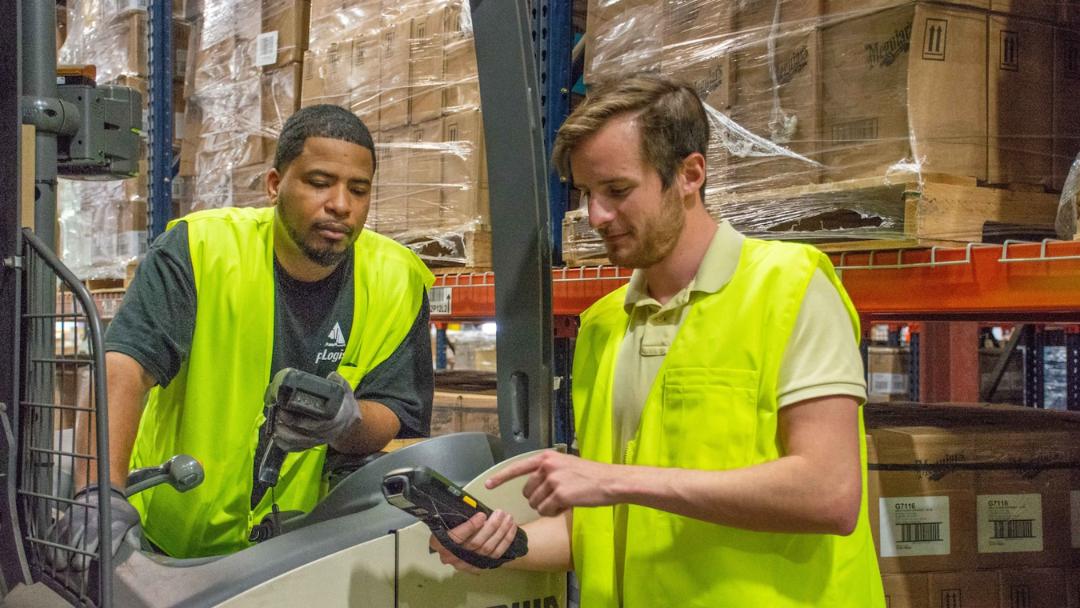Supply chains have seen exponential transformation in the wake of crises such as the COVID-19 pandemic and the war in Ukraine. In times where such enormous events have significant consequences for myriad industries on a global scale, it is all the more important to see opportunities and potential in the challenges presented.
Supply chain challenges
For the supply chain industry, the primary challenges that have become apparent revolve largely around meeting the expectations previous successes have created. Namely efficiency, brevity and reliability. Supply chains have progressively improved, adopting new technologies to increase output and reduce potential hurdles. But new challenges always present themselves, requiring new solutions.
The COVID-19 pandemic, for example, resulted in unprecedented numbers of people staying at home to keep themselves and their friends and family safe. With this came an enormous increase in the demand for delivered items, even in industries that had previously not provided such services. The strain this put on supply chains was clear, as per analysis from Accenture. Of course, the hope is that a universally impactful event such as a global pandemic won’t occur again, but this cannot be assumed. In retrospectively assessing the effects of the pandemic on supply chains, future-proofing ideas and innovations can be developed to aid in avoiding history repeating itself.
To consider another, albeit different, example: the war in Ukraine has massively impacted global supply chains through impediments of movement and the collapse of distribution networks for many components and materials. While less directly relevant to the automation of supply chains, this does have a knock-on effect as industries begin to look at local manufacturing and procurement, “reshoring” their supply chains to reduce the risk of such disruptions in the future. This in itself has the potential to provide interesting opportunities for automation to take on some supply chain challenges.
Solutions through autonomous planning
In cases of exponential demand growth—as with the pandemic—businesses struggled to keep supply levels up with the increased demand of certain items. Additionally, some items became almost unwanted and remained occupying warehouse shelves, taking up valuable space that could have been better utilized. In some cases, the supply-demand problem was down to simply not having sufficient stock, but in others, it was linked to limitations faced within the procedural structure of the supply chain. Information couldn’t be communicated quickly or accurately enough between entities within the chain, meaning that more energy was put into maintaining communications by the workforce than was strictly necessary; energy that would have better served in getting shipments moving.
This scenario offers an excellent example of how the right automation can be implemented strategically to make data-driven decisions in real-time with what’s actually happening in the warehouse. This involves using a combination of hardware and software to monitor activity and then assess, analyze and plan swiftly.
When talking about supply chain management, the predominance of the planning required is heavily data-driven and—with some isolated exceptions—can be largely computed to find the most efficient solutions. This type of planning, when tackled by people, can be time-consuming and susceptible to human error, lengthening the process and not necessarily allowing for the elasticity required to react to sudden scenario changes. Conversely, machine thinking is capable of processing data quickly and precisely, allowing solid plans to be established quickly, and revised just as swiftly should they need to be.
Creating an automated control tower and planning system, as described by McKinsey, can shift the concept of a crisis management “war room” into the realms of a day-to-day, intuitive system that provides greater flexibility and adaptability at a moment’s notice.


